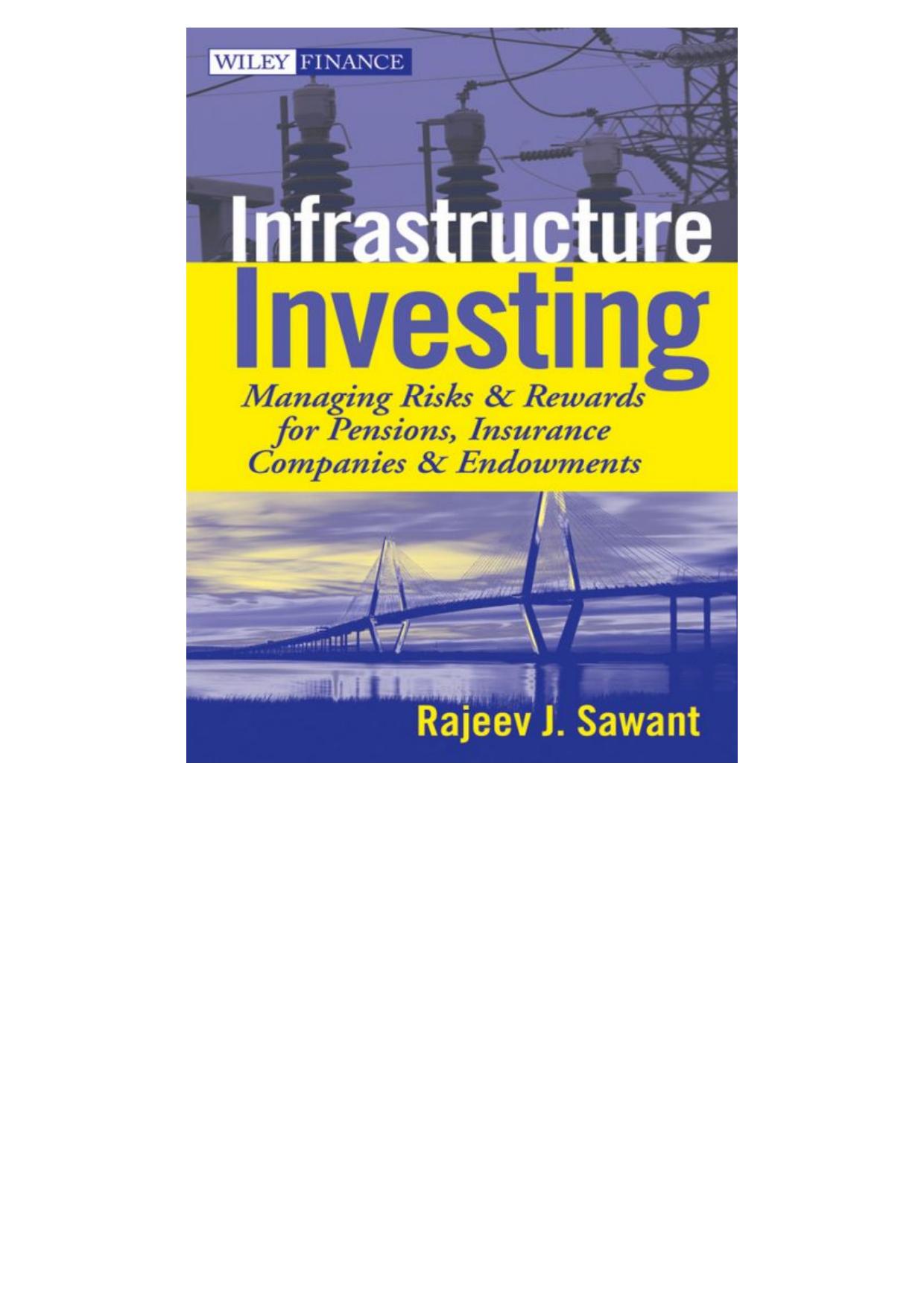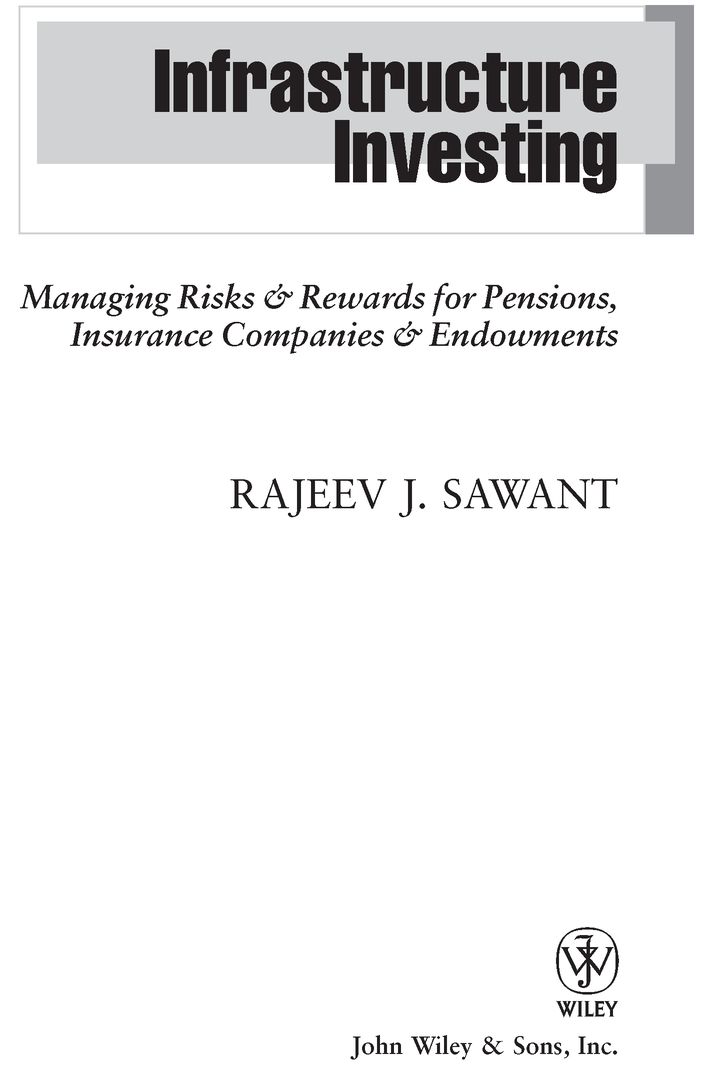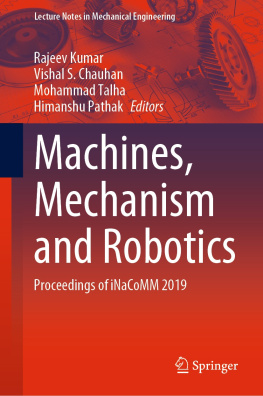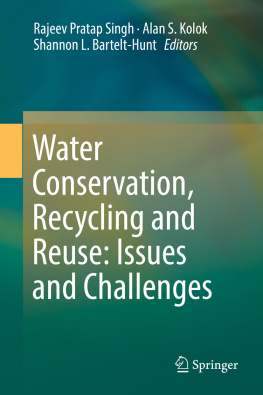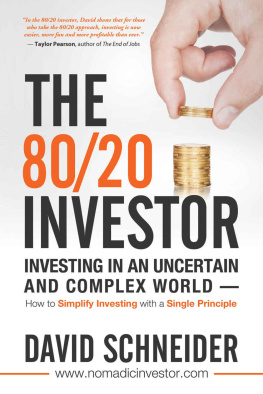Table of Contents
Founded in 1807, John Wiley & Sons is the oldest independent publishing company in the United States. With offices in North America, Europe, Australia and Asia, Wiley is globally committed to developing and marketing print and electronic products and services for our customers professional and personal knowledge and understanding.
The Wiley Finance series contains books written specifically for finance and investment professionals as well as sophisticated individual investors and their financial advisors. Book topics range from portfolio management to e-commerce, risk management, financial engineering, valuation and financial instrument analysis, as well as much more.
For a list of available titles, please visit our Web site at www.WileyFinance.com.
Copyright 2010 by Rajeev J. Sawant. All rights reserved.
Published by John Wiley & Sons, Inc., Hoboken, New Jersey.
Published simultaneously in Canada.
No part of this publication may be reproduced, stored in a retrieval system, or transmitted in any form or by any means, electronic, mechanical, photocopying, recording, scanning, or otherwise, except as permitted under Section 107 or 108 of the 1976 United States Copyright Act, without either the prior written permission of the Publisher, or authorization through payment of the appropriate per-copy fee to the Copyright Clearance Center, Inc., 222 Rosewood Drive, Danvers, MA 01923, (978) 750-8400, fax (978) 646- 8600, or on the web at www.copyright.com. Requests to the Publisher for permission should be addressed to the Permissions Department, John Wiley & Sons, Inc., 111 River Street, Hoboken, NJ 07030, (201) 748-6011, fax (201) 748-6008, or online at www.wiley.com/go/permissions.
Limit of Liability/Disclaimer of Warranty: While the publisher and author have used their best efforts in preparing this book, they make no representations or warranties with respect to the accuracy or completeness of the contents of this book and specifically disclaim any implied warranties of merchantability or fitness for a particular purpose. No warranty may be created or extended by sales representatives or written sales materials. The advice and strategies contained herein may not be suitable for your situation. You should consult with a professional where appropriate. Neither the publisher nor author shall be liable for any loss of profit or any other commercial damages, including but not limited to special, incidental, consequential, or other damages.
For general information on our other products and services or for technical support, please contact our Customer Care Department within the United States at (800) 762-2974, outside the United States at (317) 572-3993 or fax (317) 572-4002.
Wiley also publishes its books in a variety of electronic formats. Some content that appears in print may not be available in electronic books. For more information about Wiley products, visit our web site at www.wiley.com.
Library of Congress Cataloging-in-Publication Data:
Sawant, Rajeev J.
Infrastructure investing: managing risks & rewards for pensions, insurance companies & endowments / Rajeev J. Sawant. p. cm. - (Wiley finance series) Includes bibliographical references and indexes.
eISBN : 978-0-470-60234-8
1. Infrastructure (Economics)-Finance. 2. Public works-Finance. 3. Investments.
4. Financial risk management. I. Title.
HC79.C3S36 2010
332.6-1dc22
2009038770
S
I dedicate this book to my parents, Janardan and Charulata Sawant,
whose encouragement, passion, and personal example made all this
possible; to Manisha for her patience, unwavering support, and
understanding; to Rahul for constant and loyal support; and to Mehr
and Manav, who are my personal attachment to the future.
Preface
Good roads, canals, and navigable rivers, by diminishing theexpense of carriage, put the remote parts of the country morenearly upon a level with those in the neighbourhood of the town.They are upon that account the greatest of all improvements.
Adam Smith, Wealth of Nations
Future investment trends will be shaped by, among other things, infrastructure demand and spending. On the demand side of the market, the future looks rosy. As the BRIC economies (Brazil, Russia, India, and China) bring millions of people into the middle class, demand for better roads, electricity, telecommunications, airports, and clean water is expected to rise. Asia alone needs $1 trillion over the next five years to meet its infrastructure needs. Infrastructure also enables economic growth. BRIC countries as well as vast tracts of Africa, Asia, Central Europe, and South America need investments in development infrastructure. The developed economies of North America and Europe also need investments as they repair and replace their aging infrastructure assets. The 2007 rush hour collapse of the I-35W bridge in Minneapolis, Minnesota, was a stark reminder that infrastructure cannot be taken for granted.
What about the supply side? Governments have traditionally provided most infrastructure funds. The increasing demand on government resources and the sheer magnitude of the funding required to develop infrastructure ensures that private capital has a very important role to play in the future. This book focuses on private funds for infrastructure, invested with the aim of generating a return over investment for capital providers. As such, I do not examine flows of capital through developmental aid activities or any other form of investing that does not explicitly require a return on investment.
Although governments encourage private capital in infrastructure, governments regulate these assets severely and are liable to constrain returns because of infrastructures characteristics. Infrastructure asset characteristics also expose investors to other unique risks. The book examines these risks through a Transaction Cost Economics framework for which Oliver Williamson was awarded the Nobel Prize in Economics in 2009. The book suggests options for hedging and mitigating these risks. The books analysis shows that the private equity model of infrastructure investing that is followed by a vast majority of investment vehicles suffers from drawbacks that are likely to jeopardize infrastructures promise of long-duration, stable returns. While the private equity model possesses governance advantages, traditional private equity skills must be supplemented by political management skills to exploit these advantages. The book makes the case that investors pursuing high private equity type returns to compensate for political risk end up exacerbating those very risks due to a feedback effect in infrastructure investing. It is perhaps not surprising that infrastructure investing has been prone to boom and bust cycles.
INFRASTRUCTURE INVESTMENT PATTERNS
Investments flowing into emerging market infrastructure in the 1990s were an average of $185 billion per year. A large portion of these fundsapproximately 60 percent of the number of funds and approximately 75 percent of dollars raisedremain focused on investing in U.S. and European infrastructure assets.
As more and more money chases fewer assets in these markets, rising asset prices puts pressure on returns. So far, emerging markets are some way off from these pressures and ought to play a role in investor portfolios, provided the returns are commensurate with the risks.

